- Natural Beetle Repellents
- 1. Garlic
- 2. Neem oil
- 3. Diatomaceous earth
- 4. Companion planting
- 5. Row covers
- 6. Organic insecticides
- Companion Planting to Deter Beetles
- Using Physical Barriers
- Proper Crop Rotation Techniques
- Soil Preparation for Beetle Resistance
- 1. Remove Debris
- 2. Till the Soil
- 3. Incorporate Organic Matter
- 4. Adjust the pH
- 5. Apply Organic Pest Control
- Regular Monitoring and Early Detection Strategies
- Organic Insecticides for Beetle Control
- 1. Neem Oil
- 2. Diatomaceous Earth
- 3. Pyrethrin
- 4. Garlic Spray
- 5. Spinosad
- 6. Companion Planting
- Integrated Pest Management for Long-Term Protection
- Cultural Methods
- Biological Control
- Chemical Control
- “Question-Answer”
- What types of beetles commonly attack cucumber seedlings?
- How can I prevent beetles from attacking my cucumber seedlings?
- Can companion plants really help repel beetles?
- What are row covers and how do they help protect cucumber seedlings?
- What is crop rotation and how can it help prevent beetle attacks?
- Are there any organic methods for controlling beetles on cucumber seedlings?
- “Video” I SAVED MY CUCUMBER PLANTS WITH THIS MAGICAL PHARMACY REMEDY
There’s nothing more frustrating for a gardener than to find their cucumber seedlings infested with beetles. These tiny insects can quickly destroy a young cucumber plant, leaving the gardener with nothing but disappointment. But fear not, there are some effective planting tips that can help protect your cucumber seedlings from these pesky beetles.
1. Plant Cucumber Varieties That Are Resistant to Beetles
One of the best ways to protect your cucumber seedlings from beetles is to choose cucumber varieties that are resistant to them. Look for varieties that have been specifically bred to resist beetle damage. These varieties usually have a stronger outer skin that makes it harder for beetles to feed on them, giving your seedlings a better chance at survival.
Important Note: Make sure to check the seed packet or plant label for information on beetle resistance before purchasing or planting.
2. Use Row Covers
Another effective method to protect cucumber seedlings from beetles is to use row covers. These covers are made from lightweight material that allows sunlight and water to reach the plants, but keeps beetles and other pests out. Simply secure the row covers over your cucumber seedlings and leave them in place until the plants are strong enough to withstand beetle feeding.
Tip: Be sure to secure the row covers tightly to prevent any gaps where beetles can enter.
3. Practice Crop Rotation
Rotating your crops each year can help disrupt the life cycle of beetles and reduce their population. Avoid planting cucumbers in the same spot year after year, as this can create a breeding ground for beetles. Instead, rotate your cucumber plants with other crops that are not susceptible to beetle infestation. This will give the beetles less opportunity to establish themselves and protect your cucumber seedlings.
By following these effective planting tips, you can greatly reduce the chances of your cucumber seedlings falling victim to beetles. Remember to choose resistant varieties, use row covers, and practice crop rotation. With these measures in place, your cucumber plants will have a better chance of thriving and providing you with a bountiful harvest.
Natural Beetle Repellents
1. Garlic
Garlic is a natural insect repellent and can help deter beetles from damaging your cucumber seedlings. To use garlic as a beetle repellent, crush a few cloves and mix them with water. Spray the mixture on and around the cucumber plants to create a barrier that beetles will avoid.
2. Neem oil
Neem oil is an organic pesticide that can effectively repel beetles. Mix neem oil with water and spray it on the cucumber seedlings to keep the beetles away. The strong smell of neem oil acts as a deterrent for the pests.
3. Diatomaceous earth
Diatomaceous earth is a natural substance that can be used as a beetle repellent. Sprinkle a thin layer of diatomaceous earth around the base of the cucumber plants. The sharp edges of the diatoms will irritate the beetles and discourage them from feeding on the seedlings.
4. Companion planting
Planting other strong-smelling herbs and flowers around your cucumber seedlings can help repel beetles. Some good companion plants for cucumber include marigolds, nasturtiums, and tansy. The strong scent of these plants can confuse and deter beetles from the cucumber plants.
5. Row covers
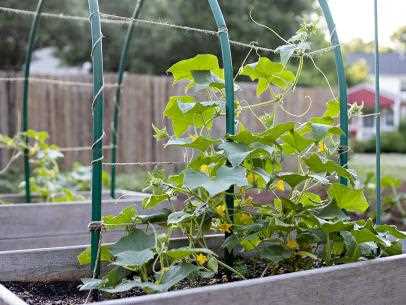
Using row covers is another effective way to protect cucumber seedlings from beetles. Row covers are lightweight fabrics that can be placed over the plants to create a physical barrier between the seedlings and the beetles. Make sure the row covers are securely fastened to prevent any gaps that beetles can squeeze through.
6. Organic insecticides
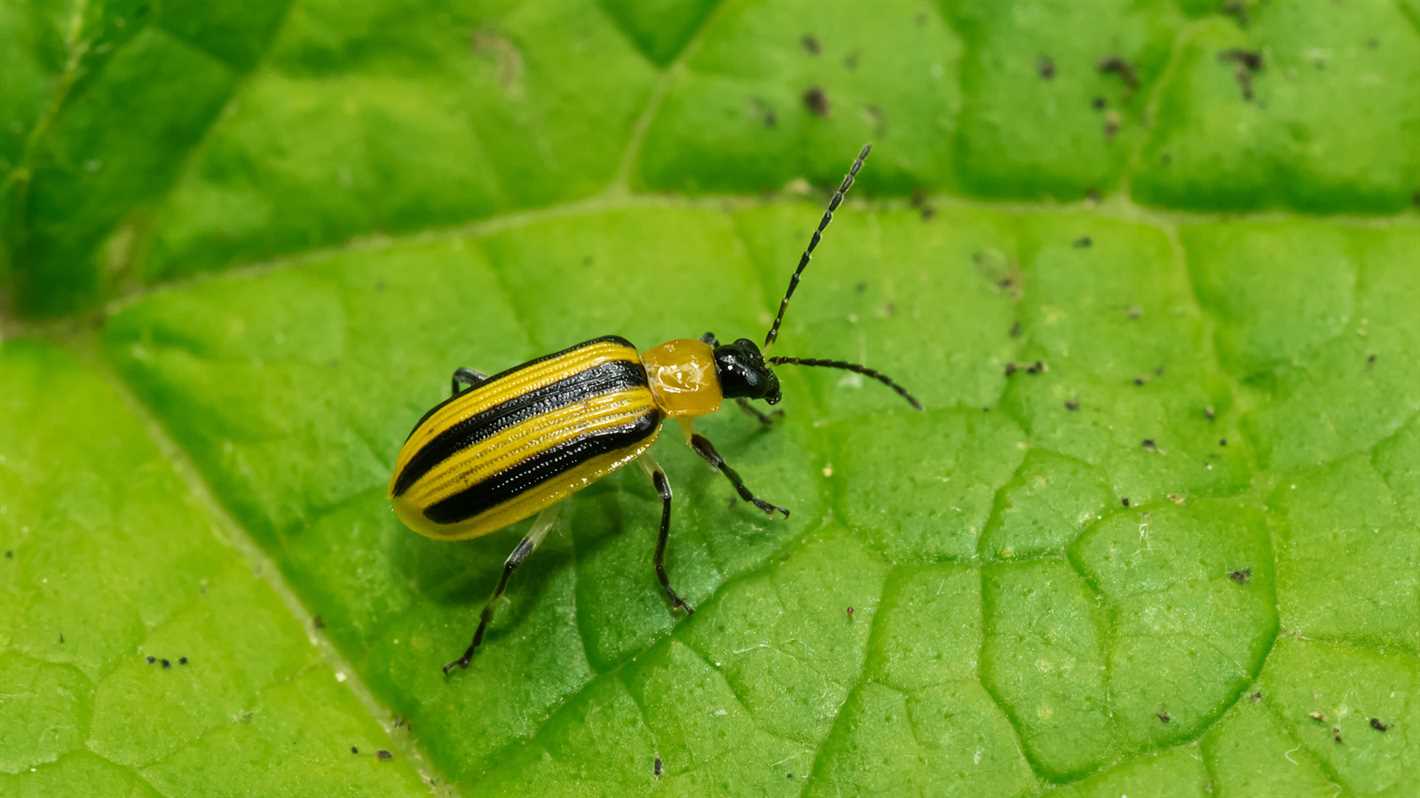
If natural repellents are not enough to control the beetle infestation, you can opt for organic insecticides. Look for products that are labeled safe for use on vegetables and follow the instructions carefully. Organic insecticides can provide effective control while minimizing the impact on the environment.
Remember to always test any repellents or insecticides on a small portion of your cucumber plants before applying them to the entire garden to ensure they do not cause harm.
Companion Planting to Deter Beetles
Companion planting is an effective technique used by many gardeners to control pests naturally. By strategically planting certain plants near your cucumber seedlings, you can deter beetles and minimize the risk of damage to your plants. Here are some companion plants that have been found to be effective in deterring beetles:
- Nasturtiums: Nasturtiums are not only beautiful flowers to have in your garden, but they also repel a wide range of pests, including beetles. Planting nasturtiums near your cucumber seedlings can deter beetles from feasting on them.
- Marigolds: Marigolds are another popular companion plant that can help deter beetles. Their strong scent masks the smell of cucumber plants, making them less attractive to beetles. Planting marigolds around your cucumber seedlings can provide an effective barrier against beetle attacks.
- Basil: Basil is not only a delicious herb to have in your garden, but it also acts as a natural repellent to beetles. Planting basil near your cucumber seedlings can help deter beetles and promote healthy plant growth.
- Garlic: Garlic has long been known as a natural insect repellent. Planting garlic near your cucumber seedlings can help deter beetles and protect your plants from damage.
By incorporating these companion plants into your cucumber garden, you can create a natural deterrent against beetles and promote a healthy and thriving cucumber crop.
Using Physical Barriers
One effective way to protect cucumber seedlings from beetles is by using physical barriers. These barriers create a physical barrier between the seedlings and the beetles, preventing them from reaching the plants and causing damage.
There are several types of physical barriers that can be used:
- Row Covers: Row covers are lightweight fabric covers that can be placed directly over the cucumber seedlings. These covers create a physical barrier that prevents beetles from accessing the plants. Row covers should be secured to the ground to ensure that beetles cannot crawl under them.
- Insect Netting: Insect netting is another option for creating a physical barrier. This fine mesh netting is placed over the cucumber seedlings and secured to the ground. It allows air, sunlight, and water to pass through but keeps out beetles and other pests.
- Floating Row Covers: Floating row covers are similar to regular row covers but are made from a heavier fabric. They are placed directly over the seedlings and float just above the plants. This creates a barrier that prevents beetles from accessing the plants while still allowing sunlight, air, and water to reach the seedlings.
When using physical barriers, it is important to monitor the cucumber seedlings regularly to ensure that the barriers remain in place and are not damaged. Any tears or holes in the barriers should be repaired promptly to prevent beetles from accessing the plants.
It is also important to remove the physical barriers once the cucumber plants have grown and are no longer at risk of beetle damage. This will allow the plants to receive proper airflow and pollination.
Proper Crop Rotation Techniques
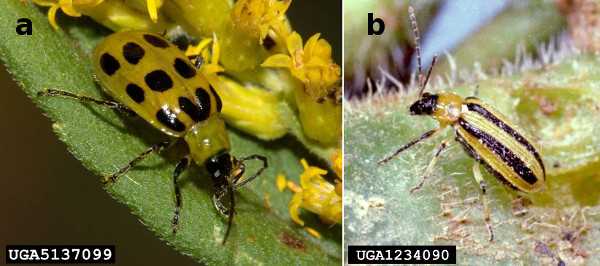
Crop rotation is a practice used by gardeners and farmers to improve soil health, control pests, and increase yields. By rotating crops, you can help prevent the buildup of diseases and pests that can attack specific plants. Here are some proper crop rotation techniques to consider:
- Plan a crop rotation schedule: Start by planning a rotation schedule that spans several years. This allows you to rotate different crops through different areas of your garden each year.
- Group crops by family: Crops from the same family are often susceptible to similar pests and diseases. By grouping crops with the same biological needs together, you can effectively manage pests and diseases.
- Alternate root crops: Rotate root crops such as carrots, potatoes, and beets with non-root crops like tomatoes, peppers, and lettuce. This helps prevent the buildup of root pests and diseases in the soil.
- Include cover crops: Planting cover crops like clover, rye, or buckwheat during fallow periods can help improve soil fertility and structure.
- Consider nutrient needs: Certain crops deplete specific nutrients from the soil. Rotate crops with different nutrient needs to prevent nutrient imbalances and maintain soil fertility.
- Break the pest cycle: Some pests have specific hosts and will only survive if their favorite plants are available. By rotating crops, you disrupt the pest cycle and decrease the overall pest population.
Overall, proper crop rotation techniques can help maintain a healthy and productive garden. By diversifying your plants and interrupting pest and disease cycles, you can improve soil health and increase the success of your crops.
Soil Preparation for Beetle Resistance
To protect cucumber seedlings from beetles, it is important to prepare the soil properly to enhance their resistance. Here are some tips for soil preparation:
1. Remove Debris
Start by removing any debris or plant remains from the area where you plan to plant the cucumber seedlings. This will help prevent the beetles from hiding or laying their eggs in the soil.
2. Till the Soil
Use a garden tiller or a digging fork to thoroughly till the soil. This will help break up any compacted areas and improve the drainage. It will also expose any beetle larvae or pupae to predators or extreme temperature changes, reducing their survival rate.
3. Incorporate Organic Matter
Add organic matter, such as compost or well-rotted manure, to the soil. This will improve the soil structure and fertility, promoting healthy growth of the cucumber seedlings. Organic matter also attracts beneficial insects that naturally control pest populations, including beetles.
4. Adjust the pH
Test the soil pH using a soil testing kit, and adjust it if necessary. Cucumbers prefer a slightly acidic soil with a pH range of 6.0 to 6.8. If the soil is too acidic (low pH), add lime to raise the pH. If it is too alkaline (high pH), add sulfur or peat moss to lower the pH.
5. Apply Organic Pest Control
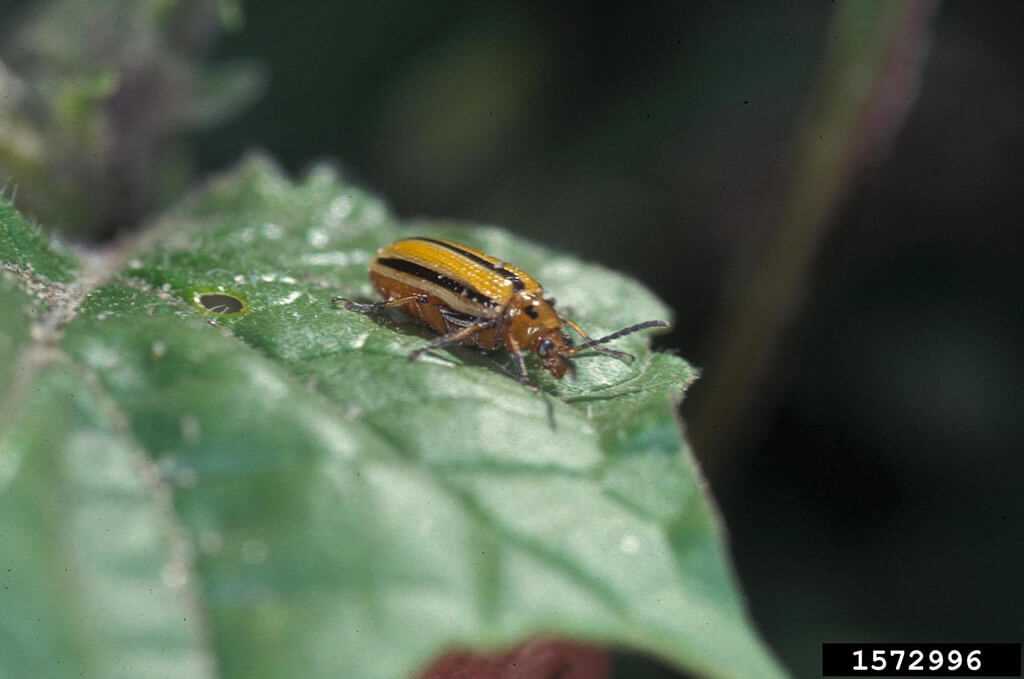
Consider applying organic pest control methods, such as neem oil or diatomaceous earth, to the soil before planting the cucumber seedlings. These natural products can help repel or kill beetles and other pests without harming beneficial insects or the environment.
By properly preparing the soil for beetle resistance, you can create a favorable environment for your cucumber seedlings to grow and thrive. Combine these soil preparation tips with other preventive measures, such as using row covers or companion planting, to maximize the protection against beetles.
Regular Monitoring and Early Detection Strategies
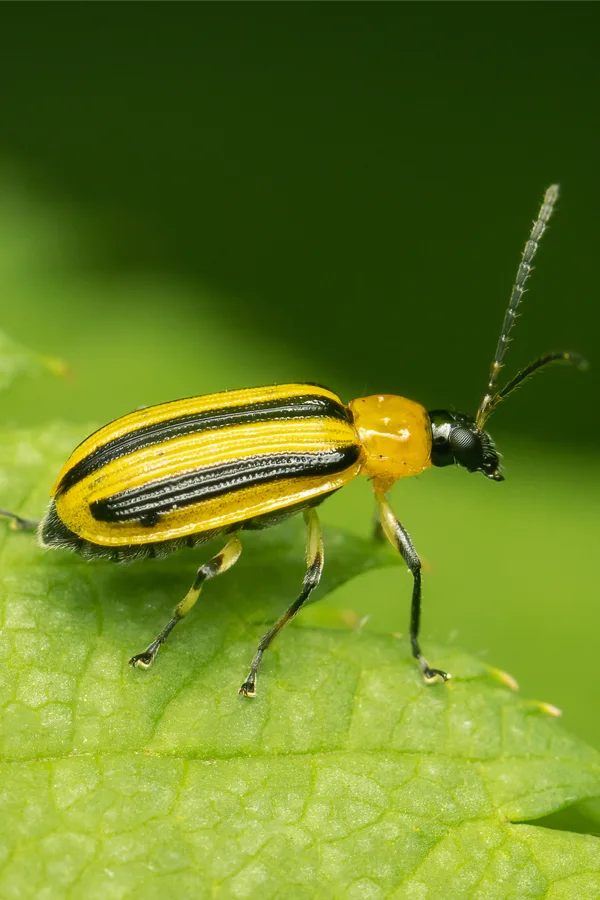
Regular monitoring and early detection strategies are crucial in protecting cucumber seedlings from beetles. By identifying any signs of damage or infestation early on, you can take quick action to prevent further harm to your plants. Here are some effective strategies to incorporate into your planting routine:
- Visual Inspections: Regularly inspect your cucumber seedlings for any signs of beetle damage. Look for chewed leaves, holes in the foliage, or eggs on the undersides of leaves.
- Use Sticky Traps: Place yellow sticky traps near your cucumber plants to catch adult beetles and monitor their population. Position traps close to the ground and at different locations in your garden.
- Handpicking: If you spot beetles or larvae on your cucumber seedlings, carefully remove them by hand and squash them or dispose of them in soapy water to prevent them from reinfesting your plants.
- Beneficial Insects: Encourage the presence of beneficial insects, such as ladybugs and ground beetles, in your garden. These insects prey on cucumber beetle larvae and can help control their population.
- Row Covers: Use floating row covers to physically exclude cucumber beetles from your seedlings. Make sure the covers are secure to prevent any gaps through which the beetles can enter.
- Rotate Crops: Practice crop rotation to disrupt the life cycle of the beetles. Avoid planting cucumbers or other susceptible crops in the same area for consecutive years.
- Trap Crops: Plant trap crops, such as radishes or squash, near your cucumber seedlings to attract beetles away from your main crop. Regularly inspect and remove the beetles from the trap crops.
- Organic Pesticides: If infestations are severe, consider using organic pesticides labeled for cucumber beetles. Follow the instructions carefully and apply them only when necessary.
By implementing these regular monitoring and early detection strategies, you can effectively protect your cucumber seedlings from beetle damage and ensure a healthy crop.
Organic Insecticides for Beetle Control
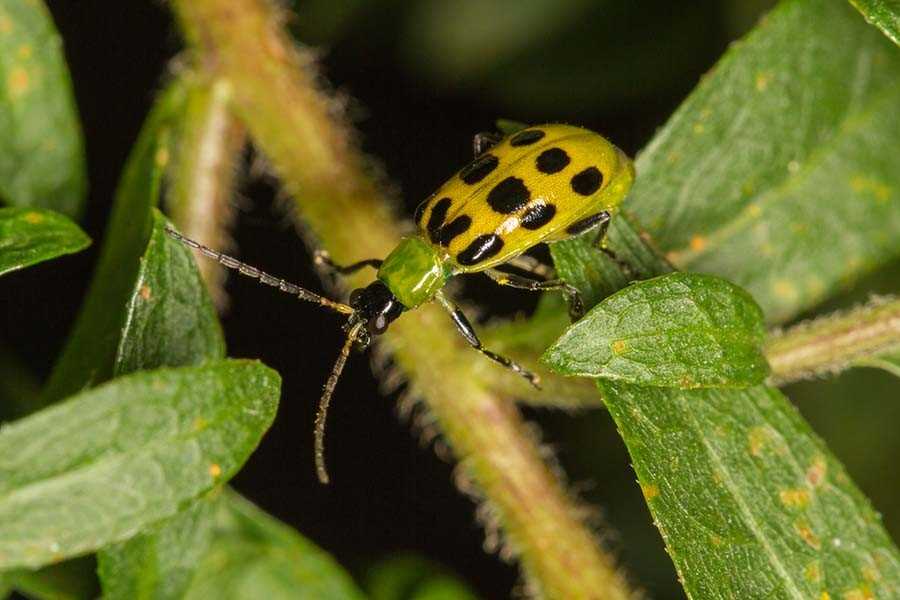
When it comes to protecting cucumber seedlings from beetles, organic insecticides can be an effective option. These insecticides are derived from natural sources, making them safe for use in the garden and environmentally friendly. Here are a few organic insecticides that can help control beetles:
1. Neem Oil
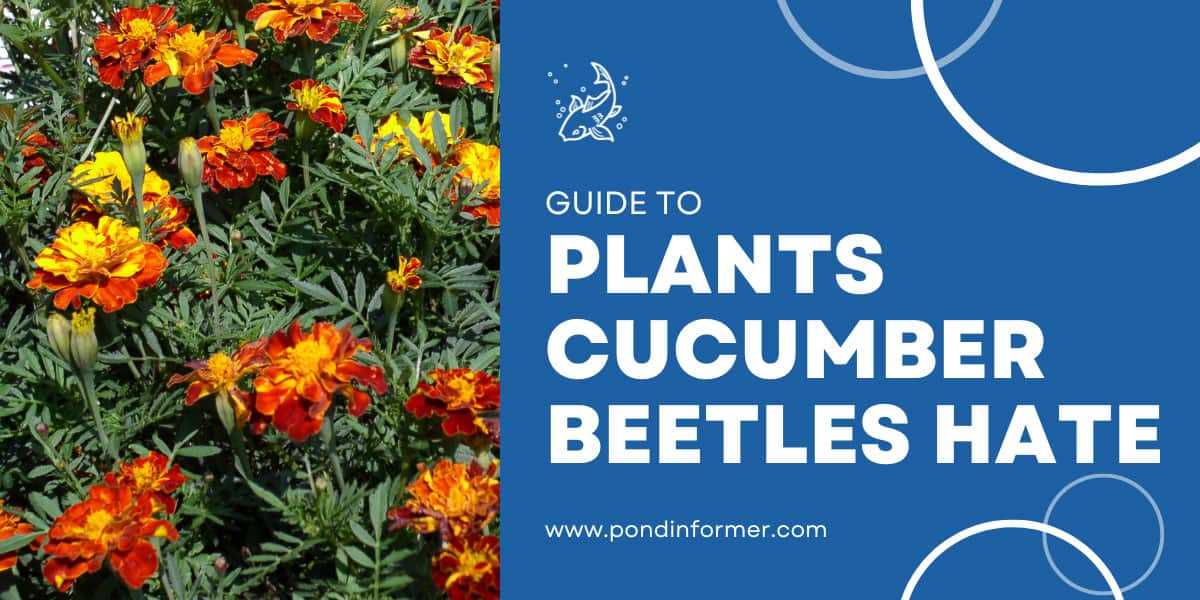
Neem oil is a popular organic insecticide that works well against many garden pests, including beetles. It is derived from the neem tree and acts as a repellent, making it harder for beetles to infest cucumber plants. Neem oil should be applied regularly, especially after rainfall or heavy watering, as it may wash off.
2. Diatomaceous Earth
Diatomaceous Earth is a powdery substance made from the fossilized remains of diatoms. It is abrasive to beetles and other insects, causing them to dehydrate and die. Sprinkle diatomaceous earth around cucumber seedlings or on their leaves, making sure to cover the plants thoroughly.
3. Pyrethrin
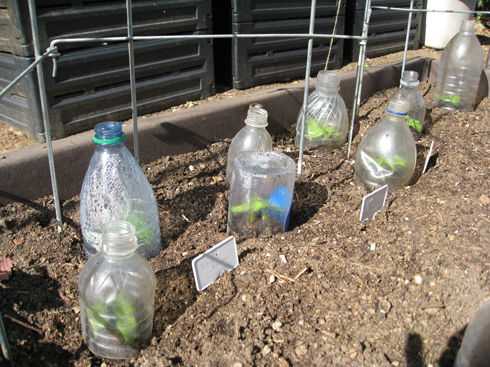
Pyrethrin is an insecticide derived from the chrysanthemum flower. It works by targeting the nervous system of insects, effectively killing them. Pyrethrin is considered safe for humans and most beneficial insects, but it can still harm some pollinators like bees. Use pyrethrin sparingly and avoid applying it when bees are actively foraging.
4. Garlic Spray
Garlic spray is a homemade insecticide that can repel beetles and other pests. To make a garlic spray, combine crushed garlic cloves with water and let it sit for 24 hours. Strain the mixture and transfer it to a spray bottle. Spray the solution directly onto cucumber seedlings, focusing on the leaves and stems.
5. Spinosad
Spinosad is a natural insecticide derived from soil bacteria. It targets beetles and other insects by affecting their nervous system, leading to paralysis and death. Spinosad is effective against a wide range of pests and has a relatively low toxicity to humans and beneficial insects. However, it is still important to apply it carefully and follow the instructions on the label.
6. Companion Planting
Companion planting can also help deter beetles from cucumber seedlings. Certain plants, such as marigolds, radishes, and tansy, emit odors or chemicals that repel beetles. By interplanting these companion plants with cucumbers, you can create a less desirable environment for beetles, reducing the risk of infestation.
Remember to always follow the instructions provided by the manufacturer when using any organic insecticide. Organic insecticides may require more frequent applications than synthetic alternatives, so it is important to monitor your cucumber plants regularly and reapply the insecticides as needed.
Integrated Pest Management for Long-Term Protection
Integrated Pest Management (IPM) is a comprehensive approach to managing pests that aims to minimize environmental impact while effectively controlling pest populations. By combining different pest control strategies, such as cultural, biological, and chemical methods, IPM provides a long-term solution for protecting cucumber seedlings from beetles.
Cultural Methods
- Plant Selection: Choose cucumber varieties that are resistant to beetle infestations.
- Crop Rotation: Rotate the cucumber plants with non-host crops or crops that are less susceptible to beetle damage.
- Sanitation: Remove and destroy any crop debris or weeds that may serve as beetle breeding sites.
- Timing: Plant cucumber seedlings when the beetle activity is low to minimize the risk of infestation.
Biological Control
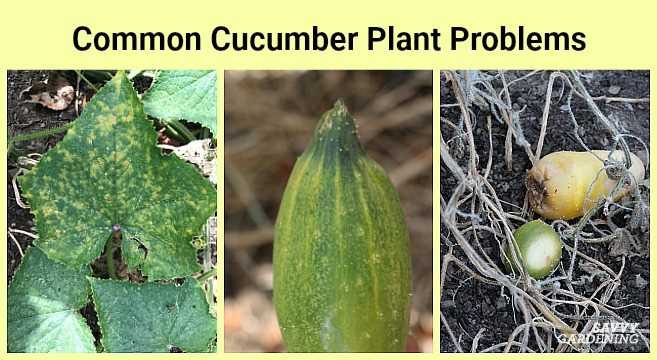
- Natural Predators: Encourage the presence of beneficial insects, such as ladybugs and lacewings, that feed on beetle eggs and larvae.
- Parasitic Wasps: Introduce parasitic wasps, such as Trichogramma wasps, which lay their eggs inside beetle eggs, preventing their hatching.
- Nematodes: Apply beneficial nematodes to the soil, which infect and kill beetle larvae.
Chemical Control
In situations where cultural and biological methods are not sufficient, chemical control may be necessary. However, it is important to use pesticides judiciously and follow label instructions to minimize environmental impact. Some commonly used pesticides for managing cucumber beetles include:
| Pesticide | Active Ingredient | Mode of Action |
|---|---|---|
| Pyrethroids | Permethrin, Cyhalothrin | Neurotoxin, kills beetles on contact |
| Diatomaceous Earth | Silicon dioxide | Physical action damages beetle exoskeleton |
| Neem Oil | Azadirachtin | Disrupts beetle feeding and growth |
It is recommended to rotate the use of different pesticides to avoid resistance development in beetles. Always read and follow the instructions provided by the pesticide manufacturer.
By implementing an integrated pest management approach, cucumber growers can protect their seedlings from beetles in a sustainable and effective manner. This not only ensures the health of the plants but also helps to maintain the overall balance of the ecosystem.
“Question-Answer”
What types of beetles commonly attack cucumber seedlings?
There are several types of beetles that commonly attack cucumber seedlings, including striped cucumber beetles, spotted cucumber beetles, and blister beetles.
How can I prevent beetles from attacking my cucumber seedlings?
There are several effective planting tips that can help prevent beetles from attacking your cucumber seedlings. These include planting companion plants that deter beetles, using row covers, and practicing crop rotation.
Can companion plants really help repel beetles?
Yes, planting companion plants that naturally repel beetles can be an effective way to protect your cucumber seedlings. Some plants that are known to repel beetles include marigold, nasturtium, and tansy.
What are row covers and how do they help protect cucumber seedlings?
Row covers are lightweight fabric materials that can be placed over your cucumber seedlings to protect them from beetles. They create a physical barrier that prevents adult beetles from reaching the plants.
What is crop rotation and how can it help prevent beetle attacks?
Crop rotation involves moving plants to different areas of your garden each year. This can help prevent beetles from building up in the soil and attacking your cucumber seedlings. By rotating crops, you disrupt the life cycle of the beetles, reducing their population.
Are there any organic methods for controlling beetles on cucumber seedlings?
Yes, there are several organic methods that can help control beetles on cucumber seedlings. These include using organic insecticides, such as neem oil, applying diatomaceous earth, and handpicking the beetles off the plants.







